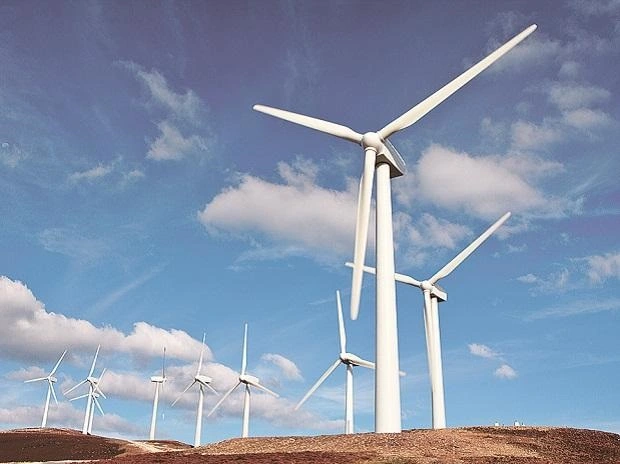The Sri Lankan government has announced that it intends to sign an MoU with India to fulfill its goal of generating 70% of its electricity using renewable sources of energy by 2030.
This would serve the two-fold purpose of making Sri Lanka self-reliant in generating power as well as help to substantially reduce its carbon emissions by 2050. This declaration comes hot on the heels of The National Thermal Power Corporation of India and the Ceylon Electricity Board having entered into an agreement to implement a solar power project in two stages. The plant is planned to be established in Sampoor, in Trincomalee and would be capable of generating 135 MW of power.
Sampoor, Trincomalee, Sri Lanka pic.twitter.com/DsOsuOujix
— udaya dampage (@udayadampage) April 27, 2015
In the first stage, a solar power project of 50MW will be implemented which will involve the construction of a 220 KW transmission line from Sampoor to Kappalthure in the eastern province. The second stage will involve the construction of a solar power generation plant with an additional 85 MW. To distribute the electricity generated in the second stage, there are plans for a transmission line from Kappalthure to New Habarana in the North central part of Sri Lanka, with the capacity of 220 Kilowatts.
Trincomalee of course has strategic significance to India, with its location at one of the busiest shipping routes and geographical proximity to South India. Therefore, India has always shown willingness to cooperate to ensure energy security by harnessing renewable energy sources, like solar energy, wind energy and hydropower.
India has also agreed to develop the infrastructure for the transmission of energy in North and East Sri Lanka. More recently, in a discussion between Sri Lanka’s Power and Energy Minister, Kanchana Wijesekera and an Indian delegation led by Pankaj Jain, secretary of the Indian Ministry of Petroleum and Natural Gas, the main focus was on increased cooperation in the energy sector, with a view to promote renewable sources. There were plans discussed for developing Trincomalee as an energy hub as well as developing the infrastructure
for the supply of liquefied natural gas.
Sri Lanka until now did not have an energy policy. Consequently, when its economic crisis was peaking, the shortage of fuel and electricity in Sri Lanka was so dire, that it threatened livelihoods, disrupted normal life and brought economic development and productivity to a standstill. In 2021, Sri Lanka had spent billions of dollars to import fuel for electricity, which obviously was not sustainable during the economic crisis and nor is it feasible today.
It had become clear then, that going ahead, Sri Lanka needed a full-fledged energy security strategy to deal with the ever-growing demand. This point had been stressed upon by India’s External Affairs Minister S. Jaishankar during his visit to the Island back in January, when he had discussed the possible ways, India could assist Sri Lanka in overcoming the debt crisis. He had said that one of the biggest challenges facing Sri Lanka today was achieving energy security and the solution had to involve cooperation within the larger region. He had also at the time, emphasized the enormous potential for renewable energy that Sri Lanka possessed and how it could become an important source of revenue for the island nation in the near future.
Sustainable sources of energy are extremely important for a growing and ever-expanding economy. A long-term sustainable plan for energy security should include the diversification of sources of energy. Reliance on fossil fuels for generation of power and electricity is and never has been a sustainable move. The demands will continue to grow and the supply will, of course, remain limited as non-renewable resources do not have an unlimited stock and they take millions of years to replenish. This disparity in the demand and supply and the
unequal concentration of resources worldwide, result in price fluctuation in the world market, which exacerbates the problems of buyer countries, especially a country like Sri Lanka that is trying to recover from a devastating economic crisis.
It makes sense for Sri Lanka then, to be looking at inexhaustible and renewable alternate energy sources such as solar power, wind power, hydropower and biomass. Sri Lanka needs to look into acquiring a secure source of technical support and capital and India is willing to provide the very assistance necessary for Sri Lanka to make the transition to renewable energy.
Also Read: IAF Chief’s visit to Sri Lanka spotlights India’s focus on Trincomalee harbour and Jaffna




















